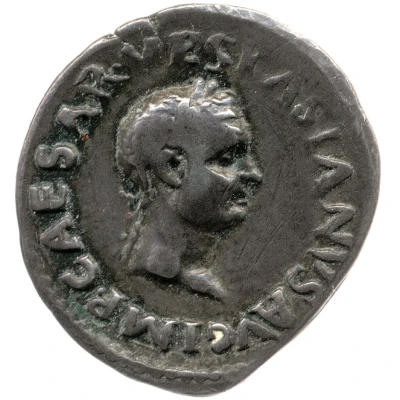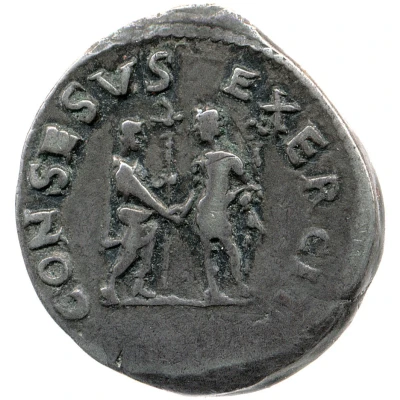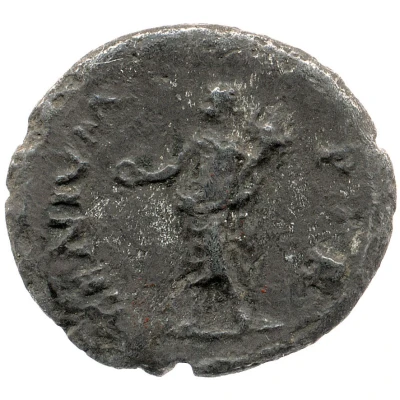![Denarius - Vespasian (CONS[ENSVS] EXERCITVVM; Mars) (69-70) front](/storage/images/Denarius-Vespasian-CONSENSVS-EXERCITVVM-Mars_250269_1.webp)
![Denarius - Vespasian (CONS[ENSVS] EXERCITVVM; Mars) (69-70) back](/storage/images/Denarius-Vespasian-CONSENSVS-EXERCITVVM-Mars_250269_2.webp)
![Denarius - Vespasian (CONS[ENSVS] EXERCITVVM; Mars) (69-70) photo](/storage/images/Denarius-Vespasian-CONSENSVS-EXERCITVVM-Mars_250269_1.webp)
© Trustees of the British Museum
Denarius - Vespasian CONS[ENSVS] EXERCITVVM; Mars
| Silver | 2.2 g | - |
| Issuer | Rome › Roman Empire (27 BC - 395 AD) |
|---|---|
| Emperor | Vespasian (Titus Flavius Vespasianus) (69-79) |
| Type | Standard circulation coin |
| Years | 69-70 |
| Value | 1 Denarius |
| Currency | Denarius, Reform of Augustus (27 BC – AD 215) |
| Composition | Silver |
| Weight | 2.2 g |
| Shape | Round (irregular) |
| Technique | Hammered |
| Demonetized | Yes |
| Updated | 2024-10-05 |
| Numista | N#250269 |
|---|---|
| Rarity index | 100% |
Reverse
Mars advancing left, holding spear, aquila, and vexillum.
Script: Latin
Lettering: CONS[ENSVS] EXERCITVVM
Translation:
Consensus Exercitum.
The consent of the army.
Comment
Source: Online Coins of the Roman Empire (OCRE)Interesting fact
One interesting fact about this coin is that it features an image of the Roman god of war, Mars, on the reverse side, which was a common motif on Roman coins during the reign of Vespasian. This highlights the importance of military power and the Roman Empire's military prowess during this time period.



